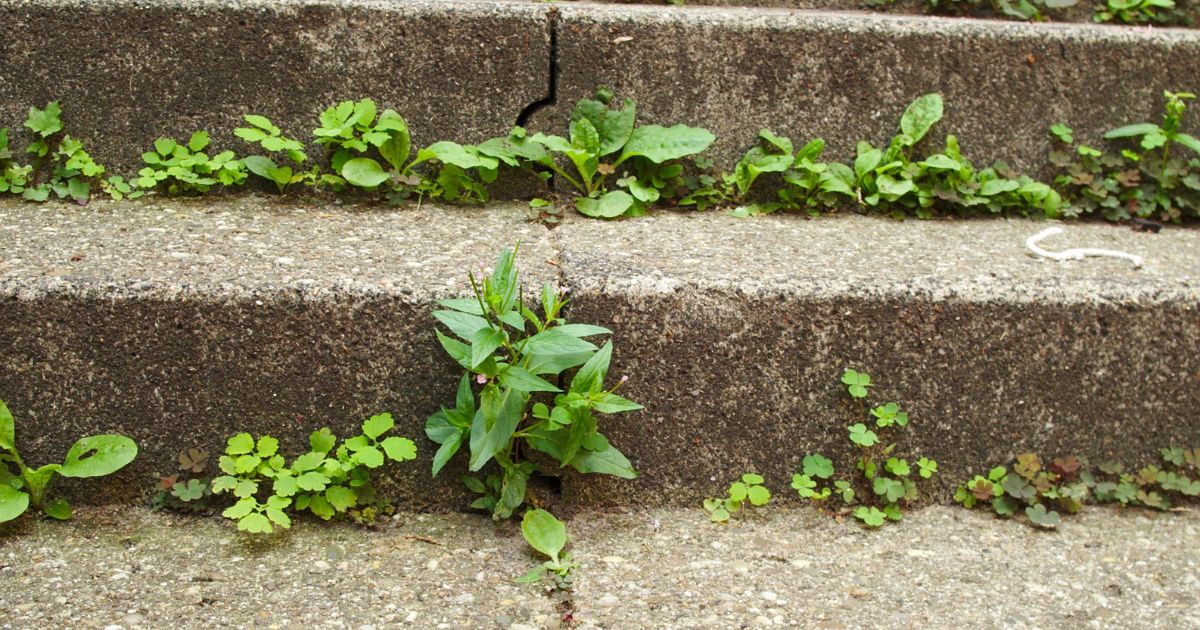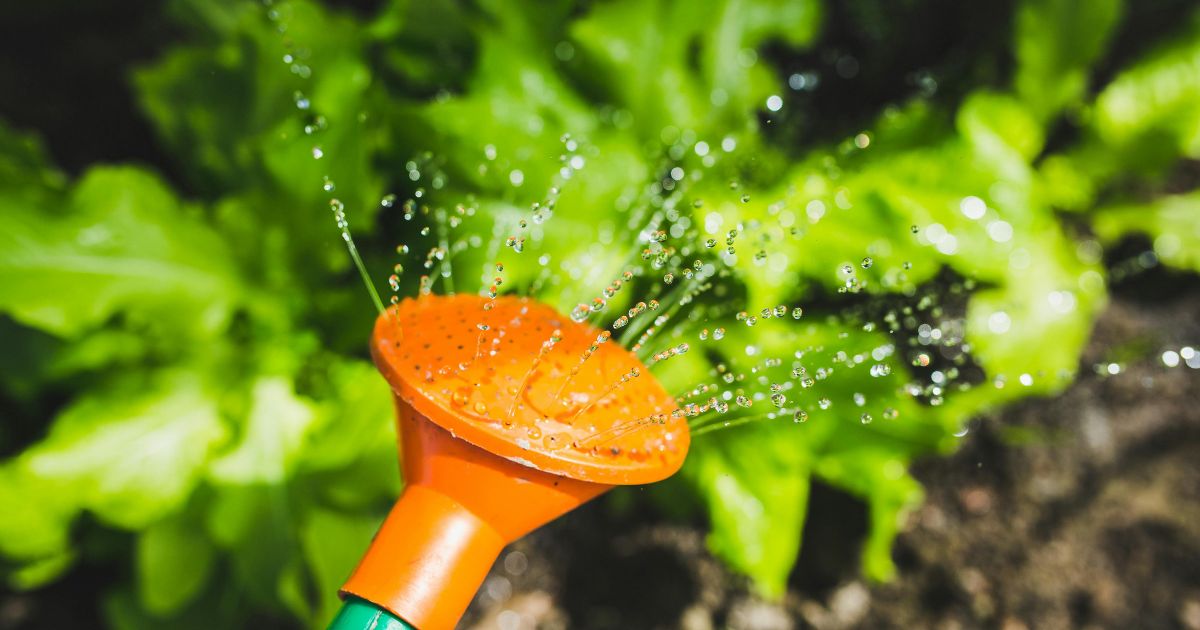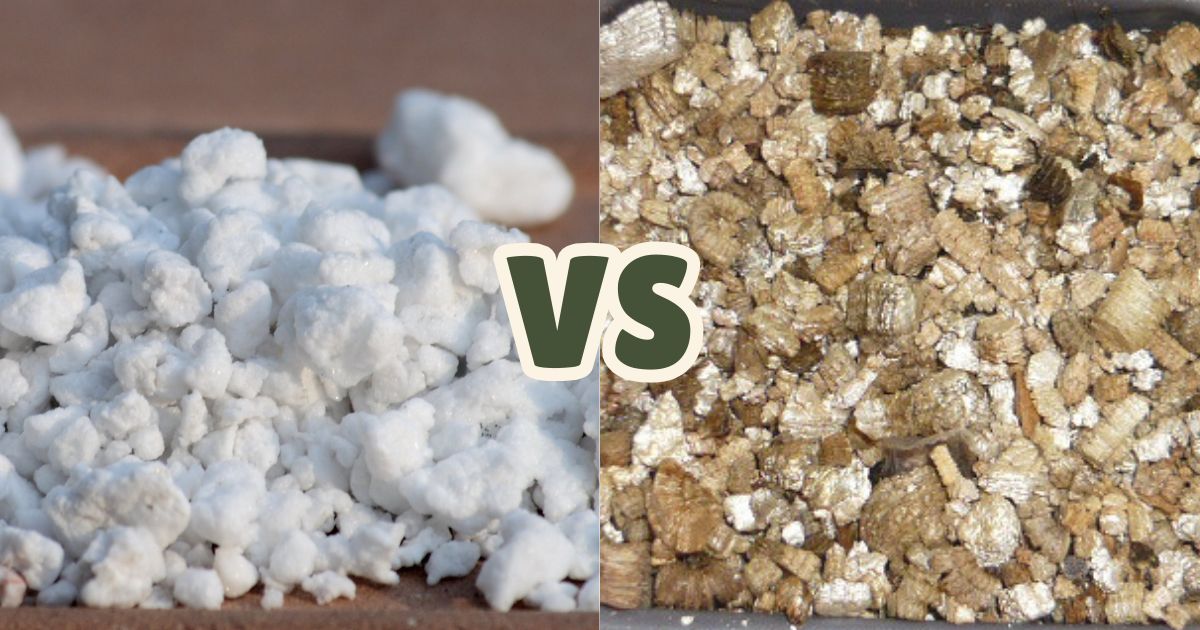
Garden Mastery: Comparing Perlite vs Vermiculite for Soil Enhancement
Gardening enthusiasts often find themselves faced with the choice between perlite and vermiculite when looking to improve their soil’s quality. Both are popular soil amendments, but they serve different purposes and have unique characteristics. In this article, we’ll delve into the specifics of each and help you decide which is best for your garden.
What is Perlite?
Perlite is a volcanic glass that is heated until it expands into a lightweight, white material resembling small styrofoam balls. This transformation occurs due to the high water content within the glass, which vaporizes and causes the glass to expand.
Benefits of Perlite
- Aeration: Perlite is excellent for improving soil aeration. Its porous nature allows air to flow freely around plant roots, promoting healthy growth.
- Drainage: It helps with drainage, preventing waterlogging which can lead to root rot.
- Lightweight: Perlite is very lightweight, making it easy to handle and mix into soil.
Ideal Uses for Perlite
- Seed Starting: Its light, airy structure is perfect for starting seeds.
- Container Gardens: Helps to prevent soil compaction in pots and containers.
- Hydroponics: Often used as a medium in hydroponic systems due to its inert nature and excellent drainage properties.
What is Vermiculite?
Vermiculite is a mineral that undergoes a heating process, causing it to expand into worm-like shapes. It has a spongy texture and can hold water and nutrients well, making it a valuable addition to many soil mixes.
Benefits of Vermiculite
- Moisture Retention: Vermiculite excels at retaining moisture, ensuring plant roots have a steady supply of water.
- Nutrient Holding: It can hold and slowly release nutrients to plants, enhancing soil fertility.
- Root Health: Vermiculite promotes strong root growth by keeping the soil moist and aerated.
Ideal Uses for Vermiculite
- Seed Germination: Retains moisture well, making it ideal for germinating seeds.
- Potting Mixes: Often added to potting soils to improve moisture retention and aeration.
- Cuttings and Propagation: Helps in the propagation of plant cuttings by keeping the medium moist.
Comparing Perlite and Vermiculite
Both perlite and vermiculite have their own advantages and are used for different purposes in gardening.
Perlite vs. Vermiculite at a Glance
| Feature | Perlite | Vermiculite |
|---|---|---|
| Aeration | Excellent | Good |
| Drainage | High | Moderate |
| Moisture Retention | Low | High |
| Weight | Lightweight | Slightly heavier |
| Nutrient Holding | Low | High |
| Best for | Seed starting, hydroponics, container plants | Seed germination, potting mixes, cuttings |
Which Should You Choose?
The decision between perlite and vermiculite depends on your gardening needs:
- Use Perlite if you need better drainage and aeration. It’s ideal for succulent and cactus mixes, container gardens, and hydroponics.
- Use Vermiculite if you need better moisture retention. It’s perfect for seed germination, potting mixes, and propagation.
Conclusion
Both perlite and vermiculite are valuable additions to your gardening toolkit. By understanding their properties and uses, you can make an informed choice that will help your plants thrive. Whether you need to improve drainage, aeration, or moisture retention, the right soil amendment can make all the difference in your garden.
Happy gardening!
Perlite Recommendation
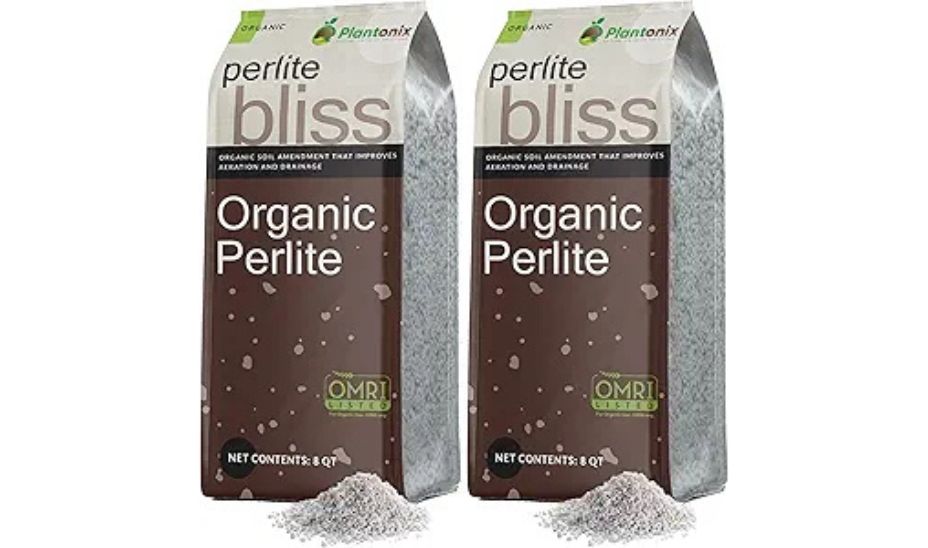 View Perlite Recommendation
View Perlite RecommendationVermiculite Recommendation
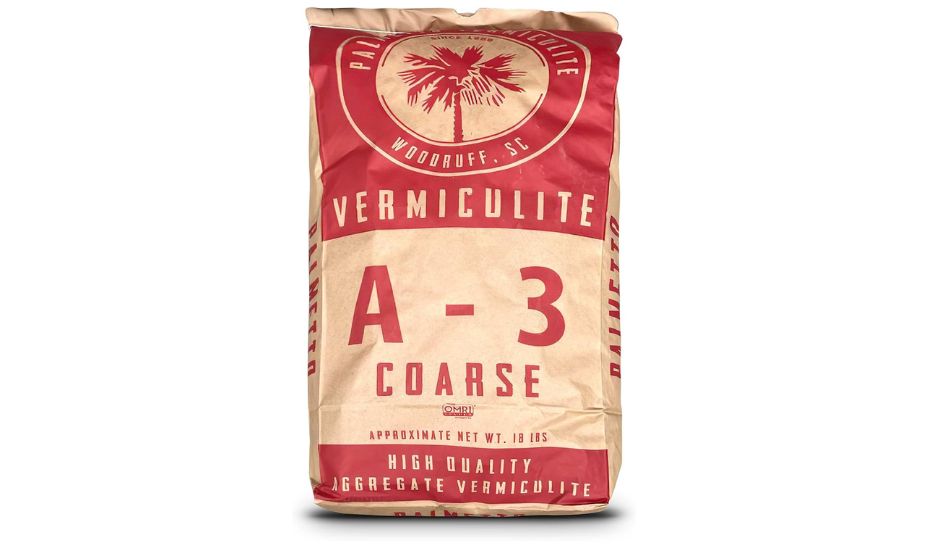 View Vermiculite Recommendation
View Vermiculite Recommendation 